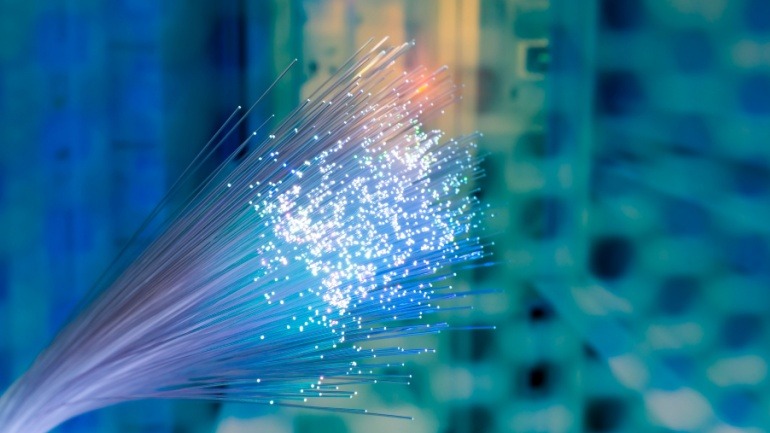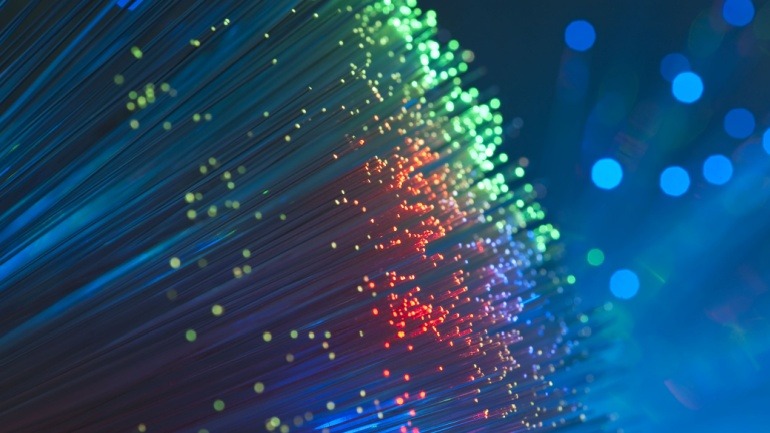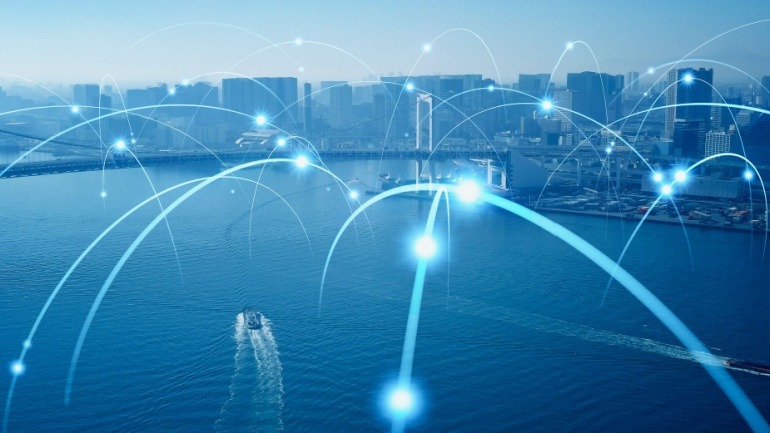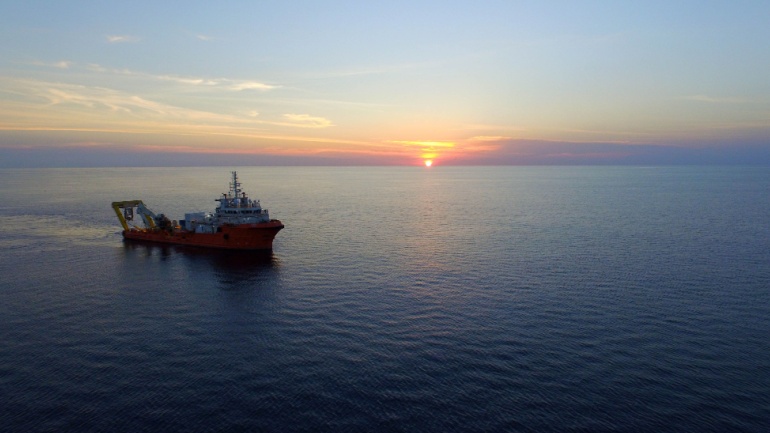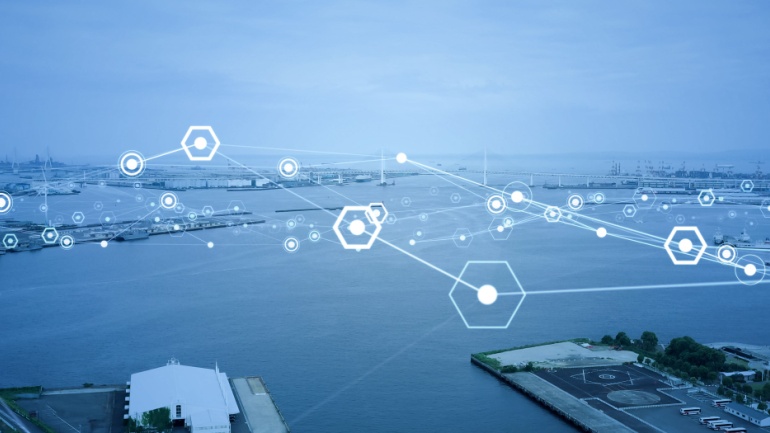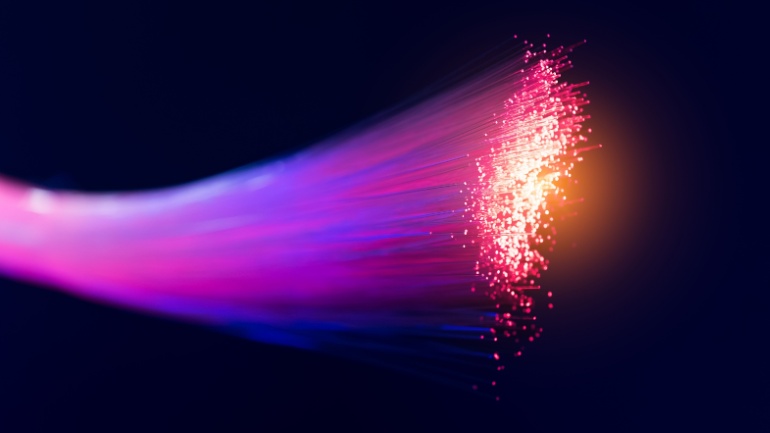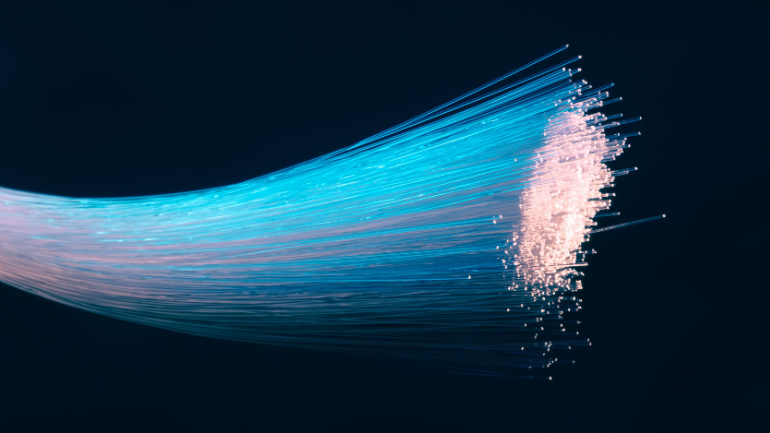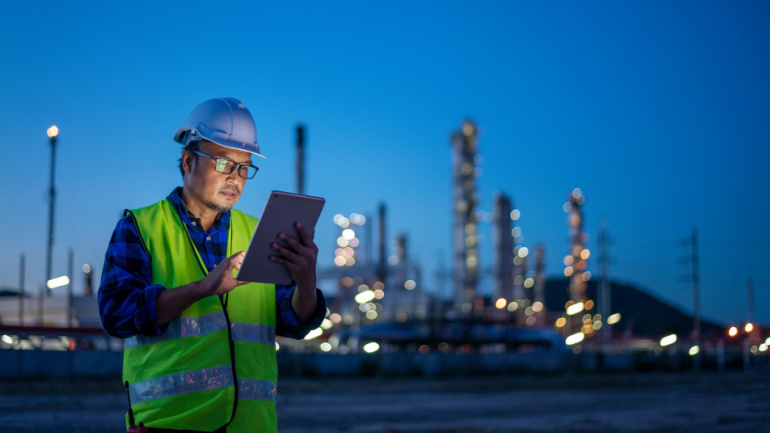A group of major European telecoms, including Vodafone and Orange, urges urgent EU, UK, and NATO action to protect subsea cables amid rising hybrid threats. Citing recent incidents and geopolitical tensions, the coalition supports enhanced cross-border collaboration and the EU’s Cable Security Action Plan to safeguard Europe’s connectivity.
The E2A transpacific subsea cable promises to revolutionize telecommunications infrastructure, linking Japan and the USA by 2028. Connecting major regions like Taiwan, South Korea, and Japan to the US, this project is backed by telecom giants Chunghwa Telecom, SoftBank, SK Broadband, and Verizon.
Meta’s Project Waterworth sets a new benchmark in subsea cable infrastructure, aiming to enhance global connectivity through over 50,000 kilometers of cables. This groundbreaking effort will streamline voip services across continents, crucial for sustaining global communication.
Sweden is investigating the damage to critical subsea cables in the Baltic Sea, urging a Chinese ship, Yi Peng 3, to return for inquiry. The incidents, involving cables linking Sweden, Lithuania, Finland, and Germany, raise concerns over potential sabotage.
The 2Africa subsea cable, touted as the world’s largest, now includes a direct connection to the UK thanks to Vodafone’s involvement. This ambitious project highlights significant global collaboration, with key partners including Bayobab, Center3, China Mobile International, Meta, Orange, Telecom Egypt, and WIOCC. The inclusion of both US and Chinese interests is particularly remarkable, showcasing cooperation despite ongoing geopolitical tensions.
Digicel Group has announced the launch of its subsea fibre cable, Deep Blue One, marking a major investment in enhancing international submarine connectivity. This development is poised to significantly improve internet and communication services across the Caribbean and South America, with French Guiana, Suriname, Guyana, and Trinidad & Tobago being key beneficiaries.
In a significant step towards enhancing global digital infrastructure, Telecom Egypt and Hungary’s 4iG have officially agreed to collaborate on constructing a pioneering subsea cable directly linking Albania and Egypt. This groundbreaking initiative, originally outlined in a Memorandum of Understanding last October, marks the first time such a direct connection will be established between the two nations.
The SubOptic Foundation’s latest report shines light on the sustainable potential of subsea telecommunications cables, often underrepresented in sustainability discussions. With a detailed coverage of sustainable practices, the report explores CO2 emissions tracking, renewable energy utilization, recycling strategies and more.
Bridging the gap between past and future, the Cayman Islands are preparing to modernise their underwater cable system, crucial for their international data traffic. Despite serving admirably for decades, the two existing cables are nearing their operational longevity. As such, a $1.69 million partnership with CMC aims to overhaul connectivity, counting on expertise from firms like WFN Strategies and SBM International.
The allure of AI technology and its insatiable demand for data is sparking a new interest in fibre backbones. However, this digital evolution is revealing a myriad of challenges for newcomers, with the fibre industry grappling with economic pressures from inflation, supply chain disruptions and rising interest rates. While the European Union’s telecom mergers & acquisitions policy may offer consolidation opportunities, those venturing into this dynamic sector must be prepared for a landscape fraught with potent risk and complexity.



